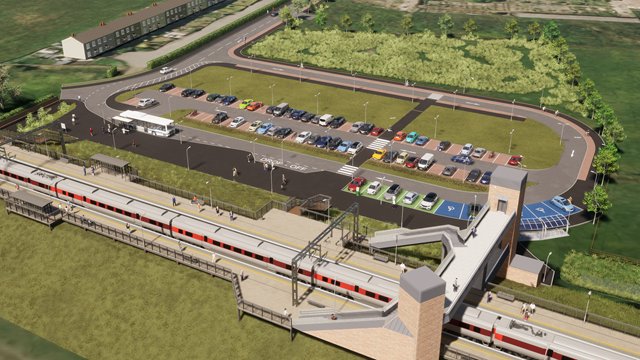
Your reminder that until 1976, all of the sewage of Edinburgh and Leith flowed untreated via a Victorian sewer network into the Forth
https://twitter.com/cocteautriplets/status/1348566794454380544
Your reminder that until 1998, the concentrated sludge of Edinburgh & Leith's sewage was dumped in the outer Forth estuary by tanker
https://twitter.com/cocteautriplets/status/1421035921198231554?t=Rx7b62fSg-865n1AVQMQow&s=19
It was directly as a result of the EC (as it was) Urban Waste Water Treatment Directive that this practice ended and secondary treatment of the sludge was finally commenced
The story of the construction of the modern 1976 sewer network is almost unknown, and quite possibly one of *the* great 20th century Engineering marvels in Edinburgh.
Your reminder that in 1970, a single incorrectly connected domestic sewer caused a typhoid outbreak in Edinburgh
https://twitter.com/WeirdScotland/status/1298230852183302145?t=hUq-q37t6MkjhXljbYgmlQ&s=19
• • •
Missing some Tweet in this thread? You can try to
force a refresh






















